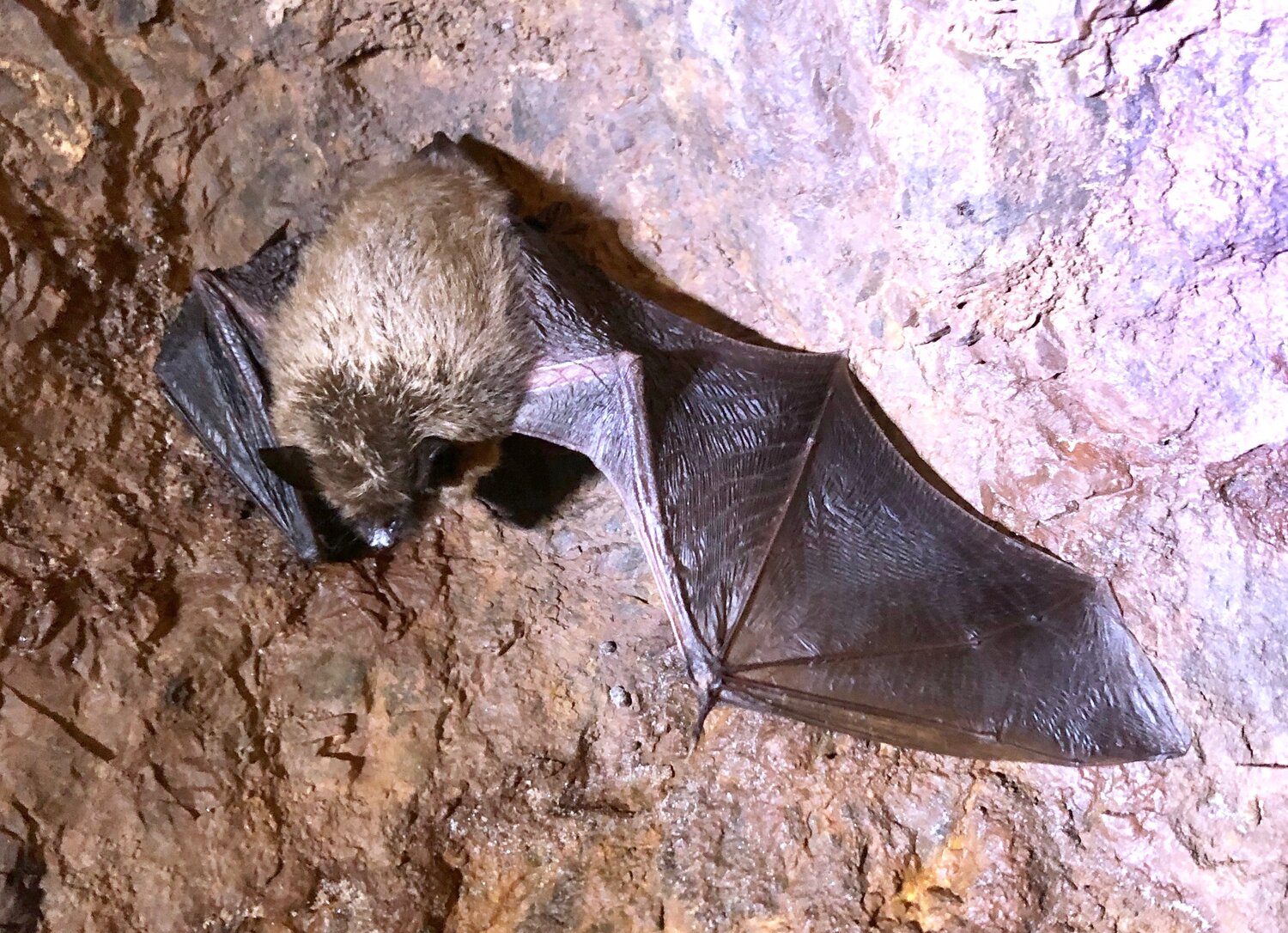Syndrome in bats is subject of lecture
The University of Florida Whitney Laboratory for Marine Bioscience has announced the return of the Evenings at Whitney Lecture Series. The first lecture of the series, hosted by the Whitney Laboratory, will be Thursday, Jan. 11, at 6 p.m. with the program titled “Battle for the Bats: Development of Treatments for White Nose Syndrome.” Christine Salomon PhD, associate professor, Center for Drug Design, University of Minnesota, will be the speaker.
This free lecture will be presented in person at the UF Whitney Laboratory Lohman Auditorium, 9505 Ocean Shore Blvd., St. Augustine. Those interested also have the option of registering to watch via Zoom live the night of the lecture.
Register to watch online at ufl.zoom.us/webinar/register/WN_8CWA-Q2YTbmqxpVxNoKPSQ.
White nose syndrome is a disease of hibernating bats that is rapidly spreading across North America and causing devastating losses of bat populations. It is caused by a fungal pathogen called Pseudogymnoascus destructans, which is readily spread between bats and persists in hibernation environments.
The Salomon Lab’s work is focused on identifying microbes associated with bats and on surfaces in caves and mines that can inhibit the growth of the pathogen. They are studying the chemistry of the active microbes and working to translate promising laboratory results into complex field conditions. Their ultimate goal is to develop a safe, effective, live biological control product to treat hibernacula surfaces to slow the spread and development of disease.
In this talk, Salomon will present some of their latest findings and discuss the challenges of working with fungi and bats.
Salomon earned her bachelor degree in marine biology from Long Island University and PhD in oceanography from Scripps Institution of Oceanography at UCSD. After a postdoctoral fellowship in microbiology at the University of Minnesota, she started her independent research program.
The Salomon Lab is focused on the discovery and application of chemical compounds produced in nature, especially from unique bacteria and fungi isolated from subterranean cave and mine environments. These compounds are being tested and developed for applications as biopesticides, biological controls for animal and plant diseases, and for infectious disease in humans.










